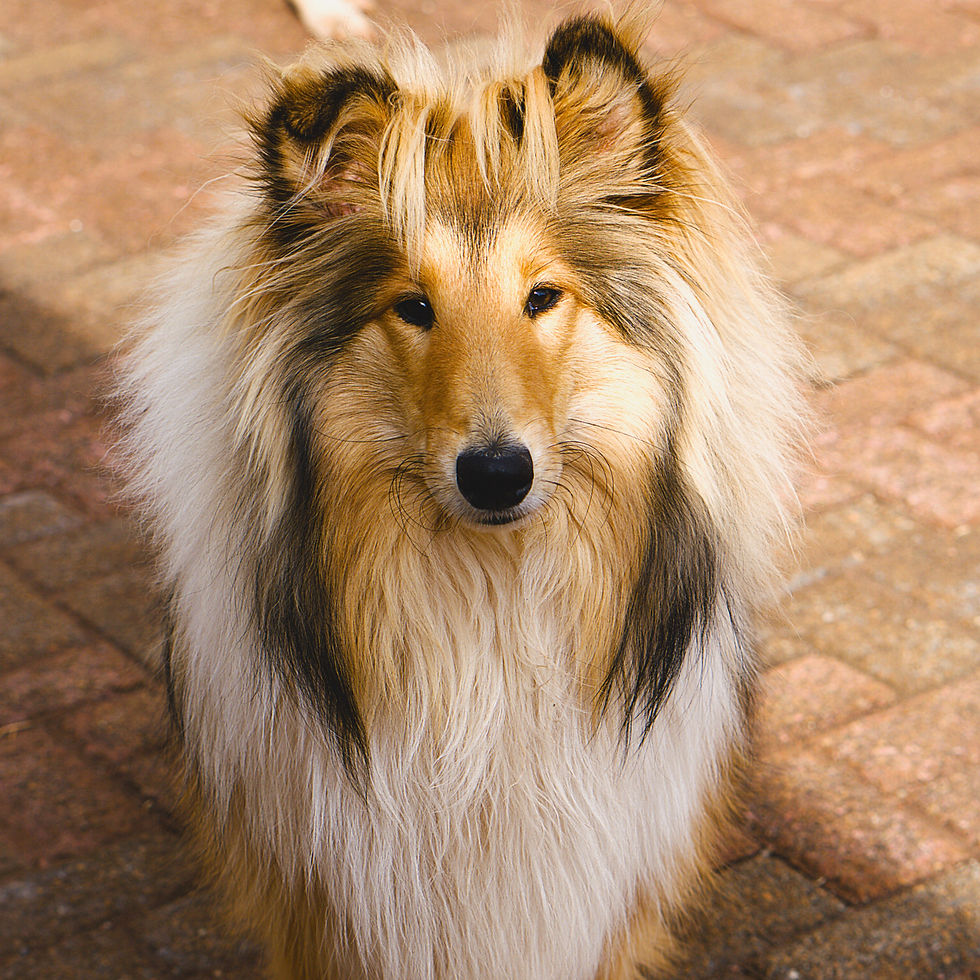Best Puppy Feeding Guide: Schedules, Foods & Treats for Healthy Growth
- Tracey Beukes
- Aug 22
- 3 min read
A Word from Editor Cinnamon
If I could choose my own meals, I’d go straight for steak, chicken, fish, eggs, and treats. Sadly, my humans are not personal chefs, so I settle for high-quality dry food, with the occasional fresh bite for variety.
When it comes to your puppy, nutrition should always be top of the list. There’s a lot of information (and misinformation) out there, but the best advice I can give you is this: talk to your vet, pick what works for your budget and lifestyle, and make sure your pup is getting everything they need to grow up happy and healthy.

What Is the Best Puppy Feeding Schedule?
Puppies 2–6 Months
Most puppies go home at 8–10 weeks old. At this age, we need frequent, small meals to avoid upset tummies. Divide the daily food allowance (you’ll find it on the bag) into four meals. For example:
7am
12pm
5pm
10pm
That late-night meal keeps our bellies from grumbling through the night. A spoonful of Greek yoghurt or a bit of scrambled egg used to be my bedtime snack - delightful!
Puppies 6+ Months
From around 6 months, you can reduce meals to twice a day. Check the feeding guide for your pup’s age, breed, and weight. Nutritionists have worked out the portions, so there’s no need to guess.
Switching to Adult Food
When should you switch to adult dog food? It depends on the breed:
Small breeds → around 9 months
Medium breeds → around 12–13 months
Large/giant breeds → up to 18 months
No matter the size, weigh your pup regularly and watch that waistline. Even if our puppy-dog eyes sparkle, overfeeding can lead to serious health issues. Remember: sometimes being kind means saying “no” to extra snacks.

What Are the Best Foods to Feed Puppies?
Tempted by TikTok trends or Instagram influencers? Be careful. Preparing fresh meals at home can be rewarding, but it’s also time-consuming and expensive. Don’t feel guilty about choosing a high-quality puppy food that suits your needs - your pup will thrive as long as it’s balanced.
Homemade Puppy Meals
If you choose to prepare homemade meals:
Only use fresh, high-quality foods.
Follow vet-approved recipes carefully—puppies need precise nutrition.
Never feed foods that are toxic to dogs (like chocolate, grapes, onions, garlic, avocado, or xylitol).
Premade fresh meals can also save time. Brands like Vondi’s (South Africa), Lyka (Australia), and Butternut Box (Europe) offer ready-to-serve, nutritionally balanced options.
Traditional Dog Food (Kibble & Canned)
High-quality kibble or wet food is convenient, safe, and scientifically balanced. Trusted brands include Hill’s, Purina, and Royal Canin.
Tip: Smell the food. If it smells like food (not plastic), it’s a good sign.
Even with kibble, variety is the spice of life! Safe, healthy additions include:
Lean meats (cooked chicken, turkey, mince)
Veggies (carrot, cucumber, green beans)
Fruits (blueberries, banana, watermelon)
Eggs (lightly cooked)
Plain Greek yoghurt (lactose-free if needed)
Just don’t overdo it as too much fruit or yoghurt can upset our tummies.
Puppy Treats: What’s Best?
When it comes to treats, the simpler the better:
Natural biscuits with ingredients you can pronounce
Dried liver or jerky treats
Small bits of cooked meat, veggies, or fruit
Use treats wisely: during training sessions, not as endless handouts. Too many can quickly turn a playful pup into an overweight pup.

Final Thoughts: Puppy Food Made Simple
Choosing what to feed your puppy doesn’t have to be overwhelming. The best puppy food is one that is nutritionally balanced, safe, fits your budget, and is sustainable for your lifestyle.
When in doubt, skip the influencer advice and talk to your vet. They know your pup far better than TikTok ever will!


Comments